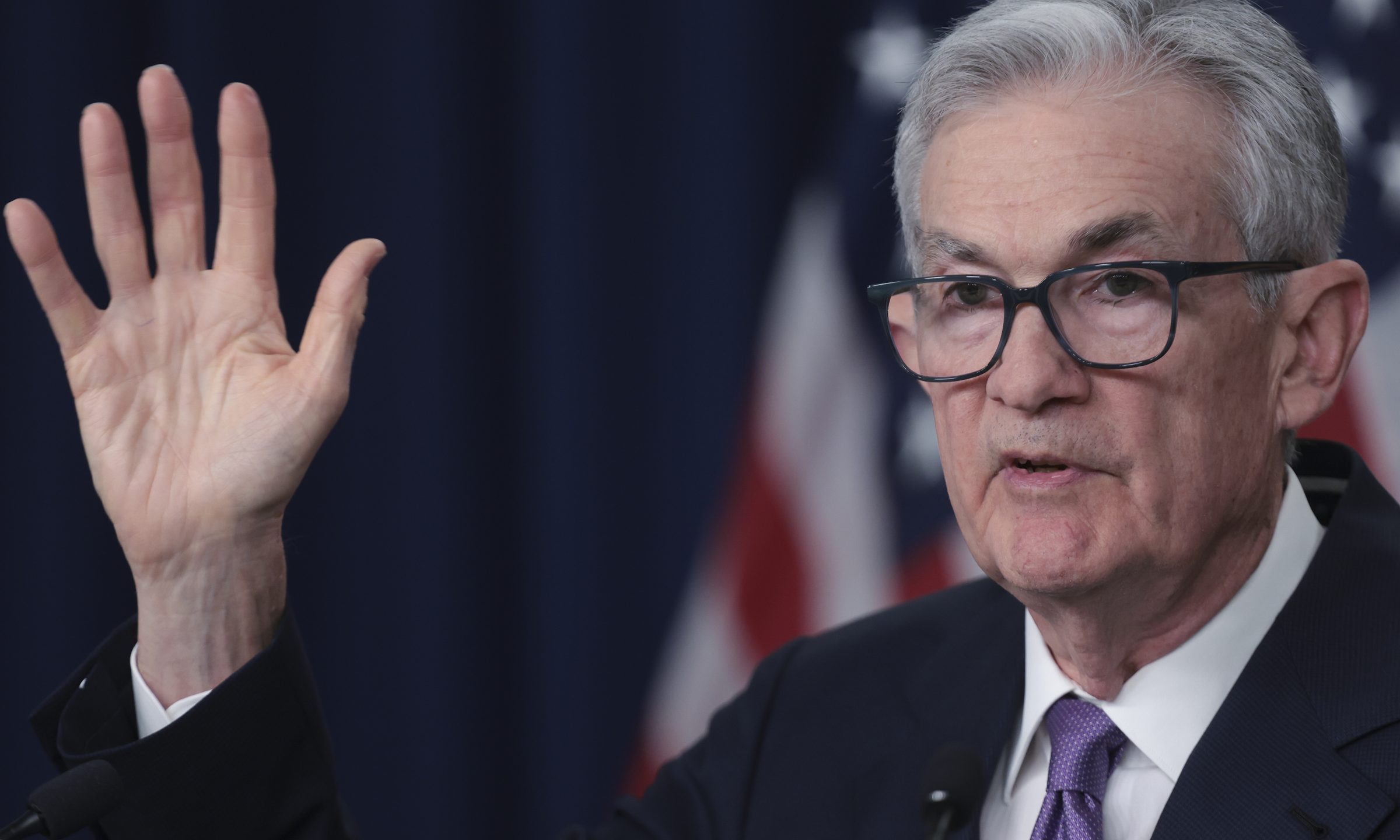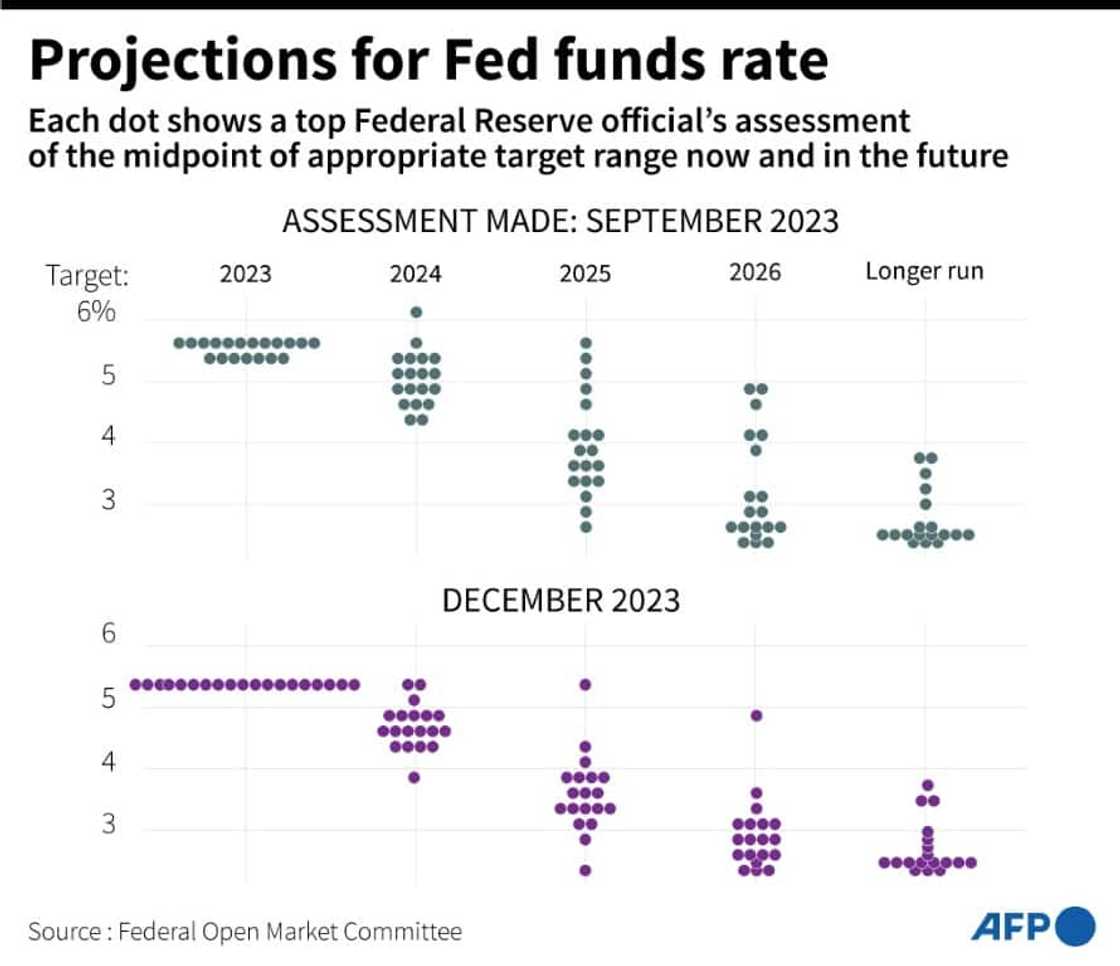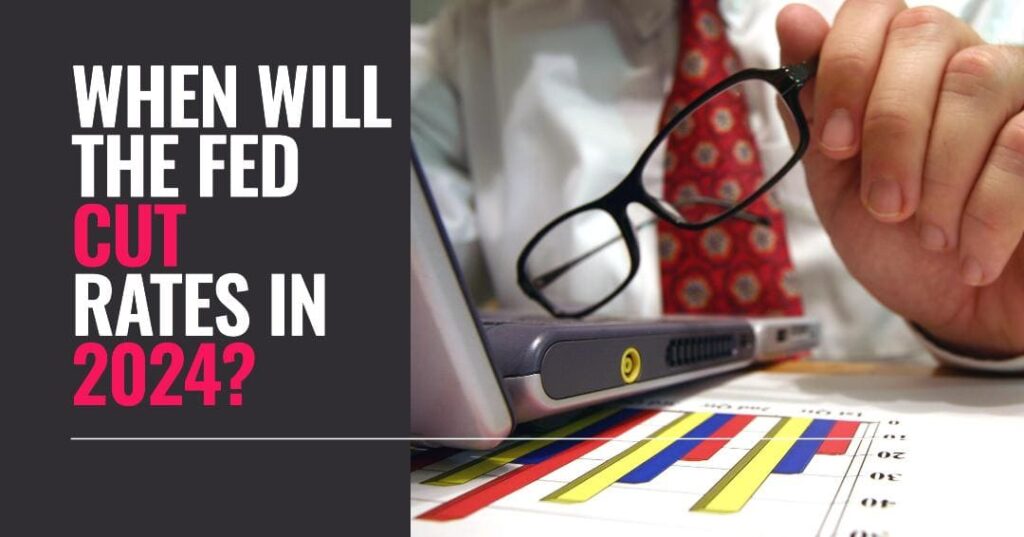Table of Contents
- Could the Fed cut interest rates twice in 2024? – AdvisorAnalyst.com
- 4 Charts on Plunging Expectations for Fed Rate Cuts | Morningstar
- Federal Reserve Interest Rate Cuts 2024 - Jamima Selina
- When will the Fed cut interest rates in 2024? Here's what experts now ...
- Fed Holds Rates Again. Expect Cuts in 2024 - NerdWallet
- Us Fed Rate Cuts 2024 - Kara Sandie
- US Fed divided on risk of cutting rates too soon: minutes - Briefly.co.za
- When Will the Fed Cut Rates in 2024? Here's What Forecasts Say
- Fed Rate Cut Projections 2024 - Eryn Odilia
- Will the Fed Cut Interest Rates in 2024? | Market Takes - YouTube



Historical Context: 1954-2020




Future Projections: 2020-2025



Implications and Impact
The U.S. federal funds rate has far-reaching implications for the economy, affecting: Borrowing costs: Higher federal funds rates increase borrowing costs for consumers and businesses, which can slow down economic growth. Consumer spending: Changes in the federal funds rate influence consumer spending, as higher rates can reduce disposable income and lower rates can increase spending power. Business investment: The federal funds rate affects business investment decisions, as higher rates can make borrowing more expensive and lower rates can stimulate investment. In conclusion, the U.S. federal funds rate has experienced significant fluctuations over the past six decades, and its future projections indicate a continued upward trend. Understanding the historical context and potential implications of the federal funds rate is crucial for investors, businesses, and policymakers. As the economy continues to evolve, it is essential to monitor the federal funds rate and its impact on the economy, to make informed decisions and navigate the complexities of the financial landscape.Source: Statista - U.S. federal funds rate from 1954 to 2025
Note: The article is based on data from Statista and is subject to change based on new data releases and updates.